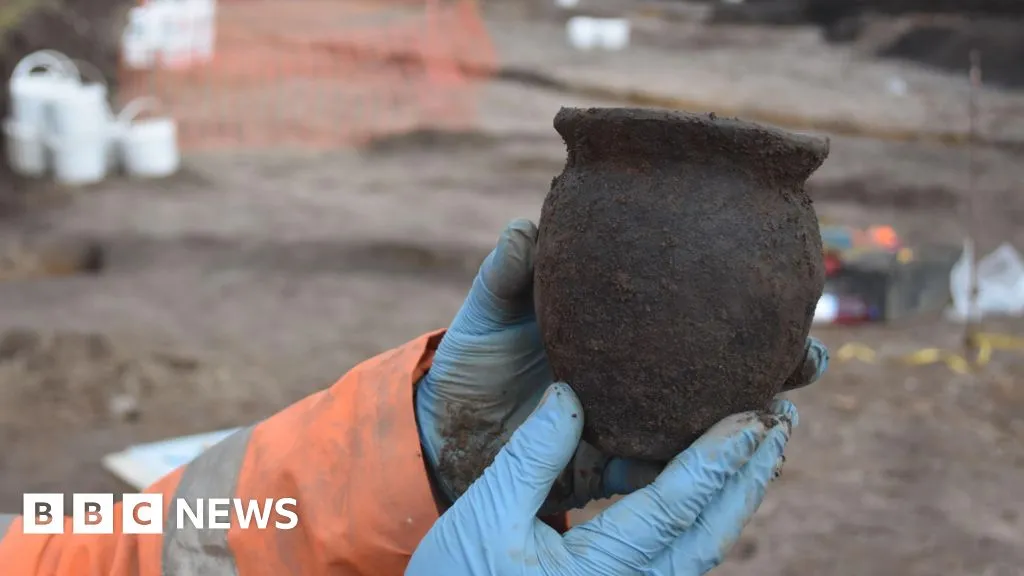Archaeologists have uncovered “significant” Anglo-Saxon finds across Holderness as cables are laid for the Dogger Bank offshore wind farm.
The discoveries include remnants of an Anglo-Saxon long hall structure between Beeford and Skipsea, as well as artefacts from a site in Ulrome.
The findings indicate Anglo-Saxons probably lived and farmed in this landscape over multiple phases between the 5th and 11th centuries.
Community engagement manager for Dogger Bank Wind Farm, Rachel Lawrence, said: “Safeguarding historical evidence has been a critical part of our preparation work on Dogger Bank Wind Farm.”
She added: “We’re delighted we’re now able to share these exciting findings with the people who live in the towns and villages where this work was undertaken.”
…
The early medieval discoveries were unearthed by archaeologists working on a 30km corridor that houses the underground cables transmitting energy from Dogger Bank Wind Farm in the North Sea to the wind farm’s two onshore stations near Beverley.
Archaeologists described the finds as a “regionally-significant discovery”.
Project manager for AOC Archaeology, Rebecca Jarosz- Blackburn, said the most “surprising and rewarding discovery” was the Anglo-Saxon long hall and associated field systems recorded near Beeford, which she said “represents some of the most extensive evidence from the period in the Holderness region”.


